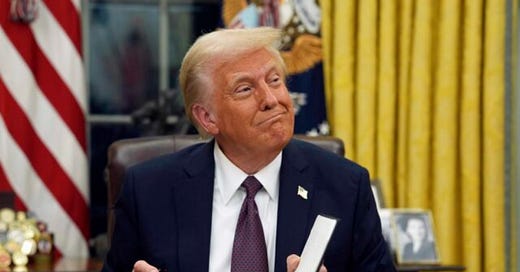President Trump’s resumption of office has been marked by a number of policy pledges, notably his desire to see the end of the Russo-Ukrainian War as soon as possible. President Trump has characterized the conflict as incredibly wasteful and destructive to Ukraine and Russia both and repeatedly expressed a desire to bring both parties to the negotiating table. US efforts on this issue are to be headed up by Lt.Gen. (Ret.) Keith Kellogg, the President’s designated Special Envoy for Ukraine and Russia. With this as the starting point for the incoming administration, I believe it would be helpful to examine both the likely challenges to achieving an armistice and the available tools the US may have at its disposal.
Ending the war between Russia and Ukraine was a feature of Pres. Trump’s policy platform throughout the 2024 US Presidential campaign and has now been reaffirmed in his first days in office. While the campaign rhetoric of ending the war on day 1 of his second term was always bravado, in my view, he has now charged Lt.Gen. Kellogg with ending it within 100 days, according to the Wall Street Journal. This is still a tall order, though the President has apparently indicated he wishes to be hands on in any negotiations and Lt.Gen. Kellogg has indicated he is personally optimistic.
The first and most obvious obstacle to any negotiations will be the leaders of the combatant nations. While both have apparently given some indications they would be open to trilateral talks, both Putin and Zelensky have taken public positions that simply cannot be sustained if an armistice is to be reached.



